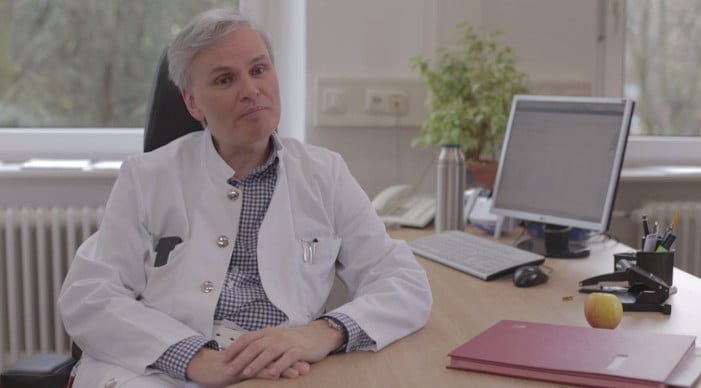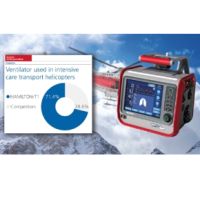Going under anesthetic is a common, necessary but sometimes daunting experience for many patients. Despite advancements in anesthesia delivery, patients can still suffer from side effects, including a longer than normal emergence from the effects of the anesthetic, vomiting or even, at the more serious but much less frequent end, damage to brain cells. Some studies have shown that as many as 1 out of every 2,000 people will remember parts, or all, of their surgery, and up to 40% will experience a degree of residual paralysis when waking.

To help alleviate and minimize these risks, anesthesiologists work tirelessly to ensure the correct level of anesthesia is administered to their patients, and at GE, advancements in digital technology are driving the creation of new machines and solutions that can help clinicians enhance patient care.
Since 2005, GE has partnered with Professor Berthold Bein, Head of the Anesthesiology & Intensive Care Department at the Asklepios Klinik St. Georg in Hamburg, Germany. Together, they have introduced a concept developed by GE called the Adequacy of Anesthesia (AoA) to the department’s operations. The AoA concept puts the patient at the heart of GE’s technology, and was designed to enable clinicians to accurately personalize anesthesia delivery – helping lower the risk of complications during and after surgery.
Ahead of this year’s Euroanaesthesia congress in London, UK, we sat down with Professor Bein (pictured above) to learn more about his experience with the AoA solution:
What challenges do you encounter on a daily basis in relation to anesthesia delivery?
“Today, the specialty of anesthesia is challenged by both changes in demographics and patients’ weight. Due to our world’s ageing population, we increasingly see elderly patients undergoing major surgery. Simultaneously, we are witnessing the so-called obesity pandemic, especially within the western world. Both these issues challenge the anesthesiologist when it comes to determining correct dosage of the drugs currently used to provide anesthesia.”
How is the AoA concept helping you address these challenges?
“The AoA concept enables us to administer an individually tailored anesthetic. With AoA, we can monitor both the depth of the anesthesia and the response to painful stimulation while the patient is anaesthetized. Using these observations, we can adjust the dosing of hypnotics, analgesics and muscle relaxants according to the individual need.”
When do you use AoA?
“There are several patient populations that benefit most from the concept. For instance, elderly people undergoing immediate or high-risk surgery and obese patients. Traditionally, when treating obese patients, you are referencing textbook knowledge when deciding on dosage; based on a person’s total weight, lean weight etc. Having real-time data through AoA helps us better assess what dose a particular individual needs.”
Why did you choose to introduce AoA to the clinic?
“I frequently use AoA as part of our resident training program. AoA helps them really understand anesthesia and the parameters – hypnotics, analgesics and muscle relaxation – that determine an individually tailored anesthetic. I also want to provide a better, safer patient experience for the populations I mentioned previously, as well as in shorter procedures, where I need to be able to dose a patient as precisely as possible in order to enable faster turnover time and prevent delayed emergence from anesthesia.”
The GE team will be at Euroanaesthesia 2016 at London’s ExCeL Center from 28 – 30 May.
Source & Image Credit: GE Healthcare



























